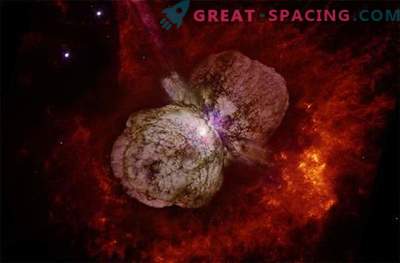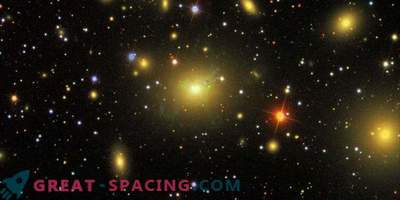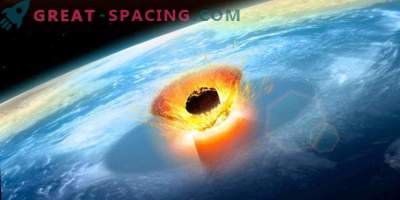
Scientists discovered radioactive elements produced by relatively close stars that exploded several million years ago, which raises questions about the past effects of cosmic rays emitted by supernovae on Earth’s climate.
The proof is in samples that were raised from the bottom of the Pacific, Atlantic and Indian oceans. All samples contain a radioactive isotope of iron, known as iron-60, which is produced in the cores of large stars and in supernovae, which are exploding stars.
The particles were transported using interstellar dust on Earth between 1, 7 million and 3, 2 million years ago, according to data in an article published in Nature this week.
The second analysis, also published in Nature, tracks radioactive iron-60 from two explosions, the first occurred about 2, 3 million years ago, and the second occurred about 1, 5 million years ago.
The exploding stars, whose masses were approximately 9, 2 and 8, 8 times more than the mass of the Sun, respectively, were at a distance of about 300 light-years from us at a time that is close enough for explosions were visible on Earth during the day. "We have shown that iron-60 must come from outer space, it cannot originate from the solar system," wrote Anton Wallner, a lead researcher at the Department of Nuclear Physics of the Australian National University, in his e-mail to Discovery News.
Wallner and his colleagues were also able to find out when iron-60 was precipitated, showing that more than one explosion occurred in the supernova.
"This is not the only case in the last 10 million years or so, perhaps there was a series of supernovae," Wallner said.
The time of the supernova explosions coincides with the time when the Earth cooled, moving from a period known as the Pliocene to a period known as the Pleistocene.
"Now we have a consistent and coherent picture of what happened around the solar system over the past 20 million years, and we know how close these supernovae were. Now we can find out if there were any biological effects," wrote astronomer Deiter Breitschwerdt from the Berlin Institute of Technology, in a discovery email. Supernova explosions would produce cosmic rays that, although unlikely to be powerful enough to kill life on Earth, could still cause increased cloudiness, lightning, and other changes in Earth’s climate.
“We don’t know if there is a connection between supernova activity and lower temperature on Earth at that time,” a change that may have been one of the conditions that led to human evolution, wrote astronomer and physicist Adrain Melott of the University of Kansas in article in nature.
"New research will reveal ... a deeper understanding of what could have happened on Earth in the last 10 million years as a result of nearby star fireworks," said Melott.











































